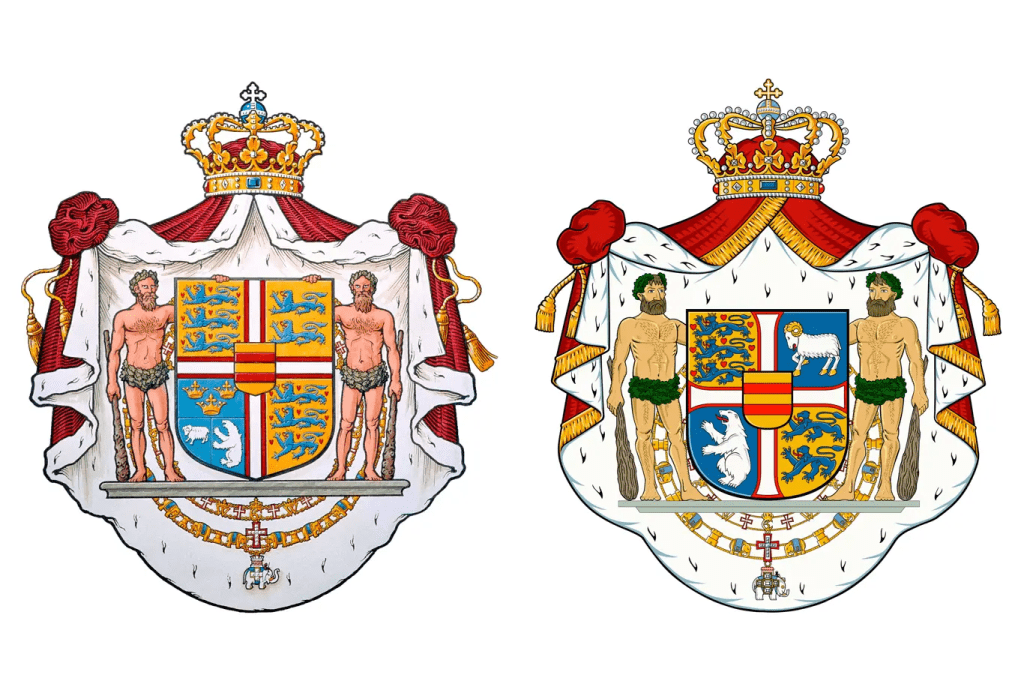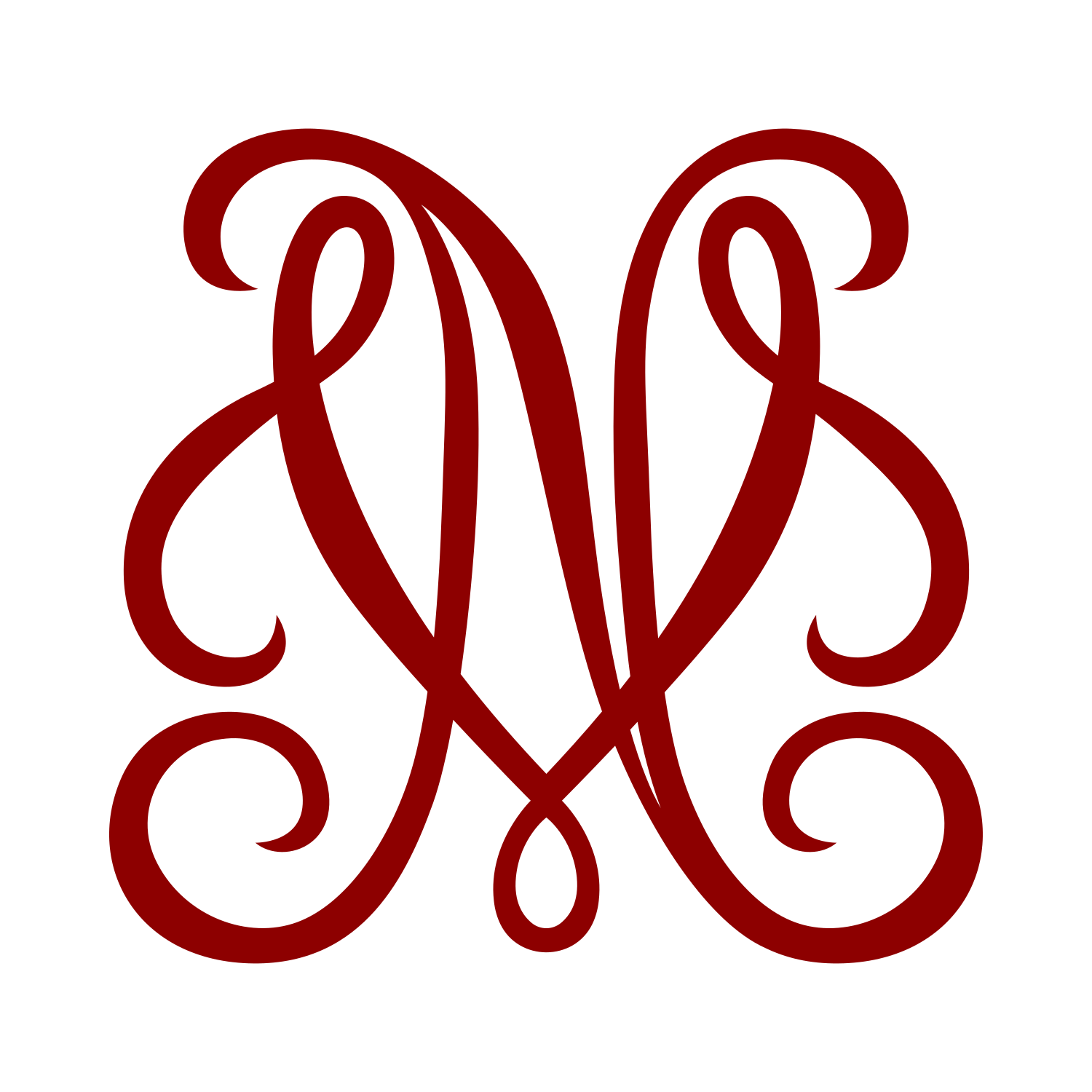On December 20, 2024, King Frederik X of Denmark issued a royal resolution establishing a new royal coat of arms. This updated design builds on the coat of arms created by his mother the Queen in 1972, with the new King aiming to craft a more contemporary symbol that honors both the heritage of the Realm and the rich traditions of heraldry. Yesterday, on January 1, 2025, the new coat of arms was officially published to the public, marking the beginning of its use in official and ceremonial contexts.
The royal coat of arms serves as both The King’s personal emblem and a national symbol of the state. Its origins trace back to the reign of Canute IV, whose great seal from around 1194 is the earliest known representation. Since then, the royal coat of arms has evolved in various forms, consistently symbolizing the legitimacy and sovereignty of both the monarch and the state. Today, it is prominently used on official documents and seals, including those stamped on royal appointments and original laws.
The changes to the coat of arms maintain continuity with the previous design, established in 1972, but also introduce significant alterations. The most notable of these is the incorporation of separate fields for Greenland and the Faroe Islands, reflecting the territories’ distinct identities within the Danish Realm. The escutcheon is divided into quarters by the Dannebrog Cross. The first quarter features the coat of arms of Denmark, originally the arms of the House of Estridsen. It consists of three blue, crowned lions surrounded by nine red hearts on a gold field. The second quarter displays the arms of the Faroe Islands, a ram on a blue field, and the third quarter presents the arms of Greenland, a polar bear on a blue field. The royal household states in a press release that by giving the Faroe Islands and Greenland their own distinct fields, the new coat of arms “strengthens the prominence of the Realm.”
The new design marks the end of a 600-year tradition by removing the three crowns. Originally, the three crowns were the national symbol of Sweden, dating back to the 1300s and the reign of King Magnus Eriksson, who ruled over Sweden, Norway, and Skåne. The emblem represented this union. Later, in 1397, it became a symbol of the Kalmar Union, which united Sweden, Denmark, and Norway under a single monarch. However, when Sweden left the union in 1523, both the Swedish and Danish kings claimed the right to the three crowns—Sweden as a symbol of its own sovereignty and Denmark as a reminder of the Kalmar Union. This disagreement led to wars, including the Northern Seven Years’ War (1563–1570). It wasn’t until the peace negotiations following the Kalmar War in 1613 that the two countries reached an agreement: both monarchies would retain the right to use the three crowns, and further conflict over the symbol would cease. For the next 400 years, every Danish monarch exercised this right – until now, that is. In the same press release mentioned above, the Royal House of Denmark writes that “the symbol of the three crowns has been removed from the coat of arms, as it no longer has a current character and is therefore not considered as relevant”.

The fourth quarter of the coat of arms now includes the two lions of Southern Jutland (Schleswig), acknowledging the historical ties between Denmark and the duchy of Schleswig. This addition pays homage to the legacy of Denmark’s former possessions in the southern Jutland region.
The Dannebrog Cross, which divides the four fields, is now featured with its original outwardly curved design, as it appeared in earlier heraldic depictions. The revised coat of arms also includes a dynastic inescutcheon, bearing the two bars of the House of Oldenburg, reflecting the royal family’s dynastic lineage. The arms are surrounded by the collars of the Order of the Elephant and the Order of Dannebrog, while two heraldic supporters—”savages” standing under an ermine-lined pavilion topped with the royal Danish crown—accompany the shield.
The new royal coat of arms was designed and drawn by Royal Herald Painter Ronny Skov Andersen. Personally, I wholeheartedly applaud the dedication and efforts of everyone involved in designing and updating the royal coat of arms. Their attention to detail and heraldic tradition have truly brought this symbol into a new era.
Read the press release from the Royal House of Denmark (in English): Kongehuset

